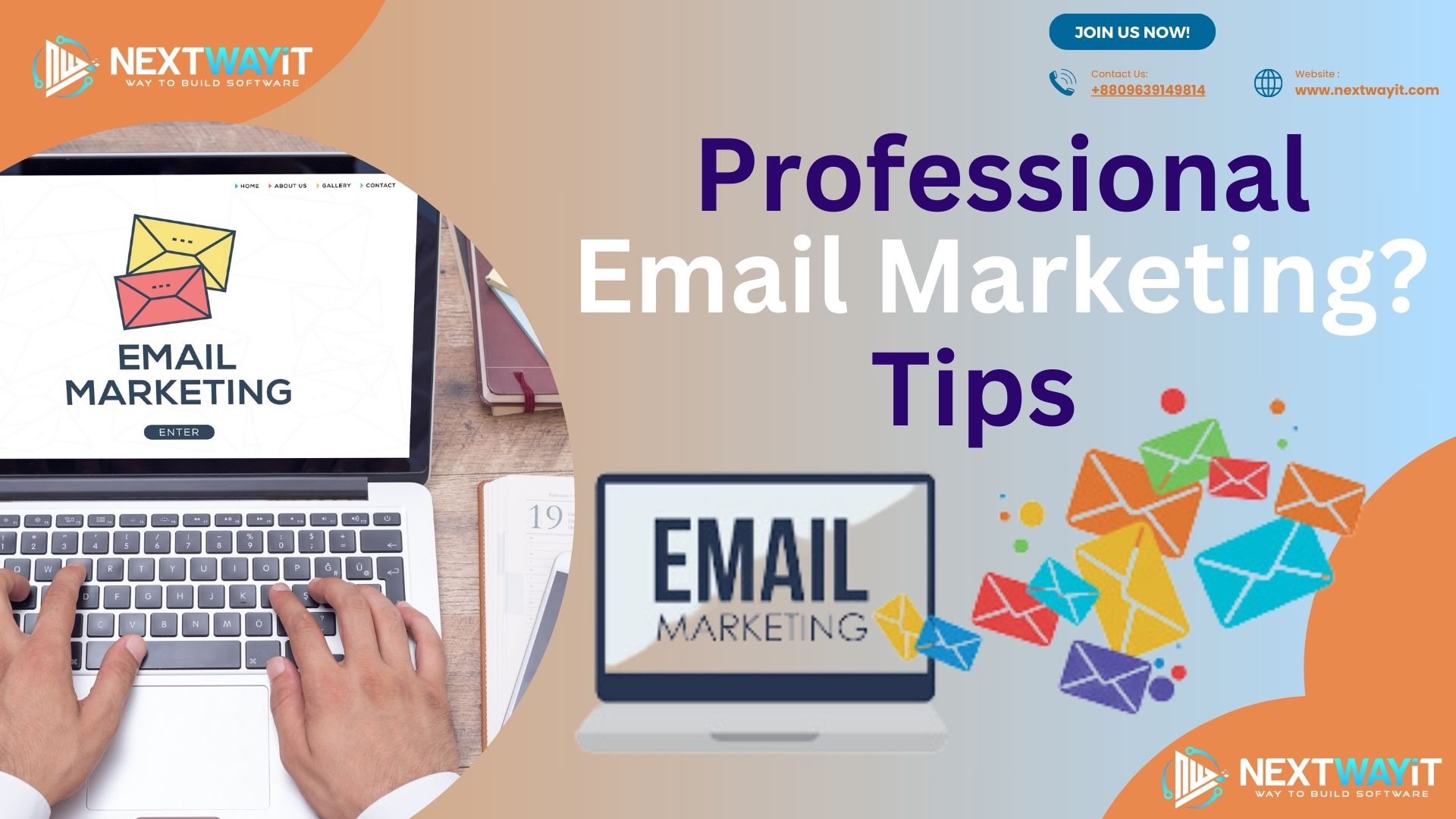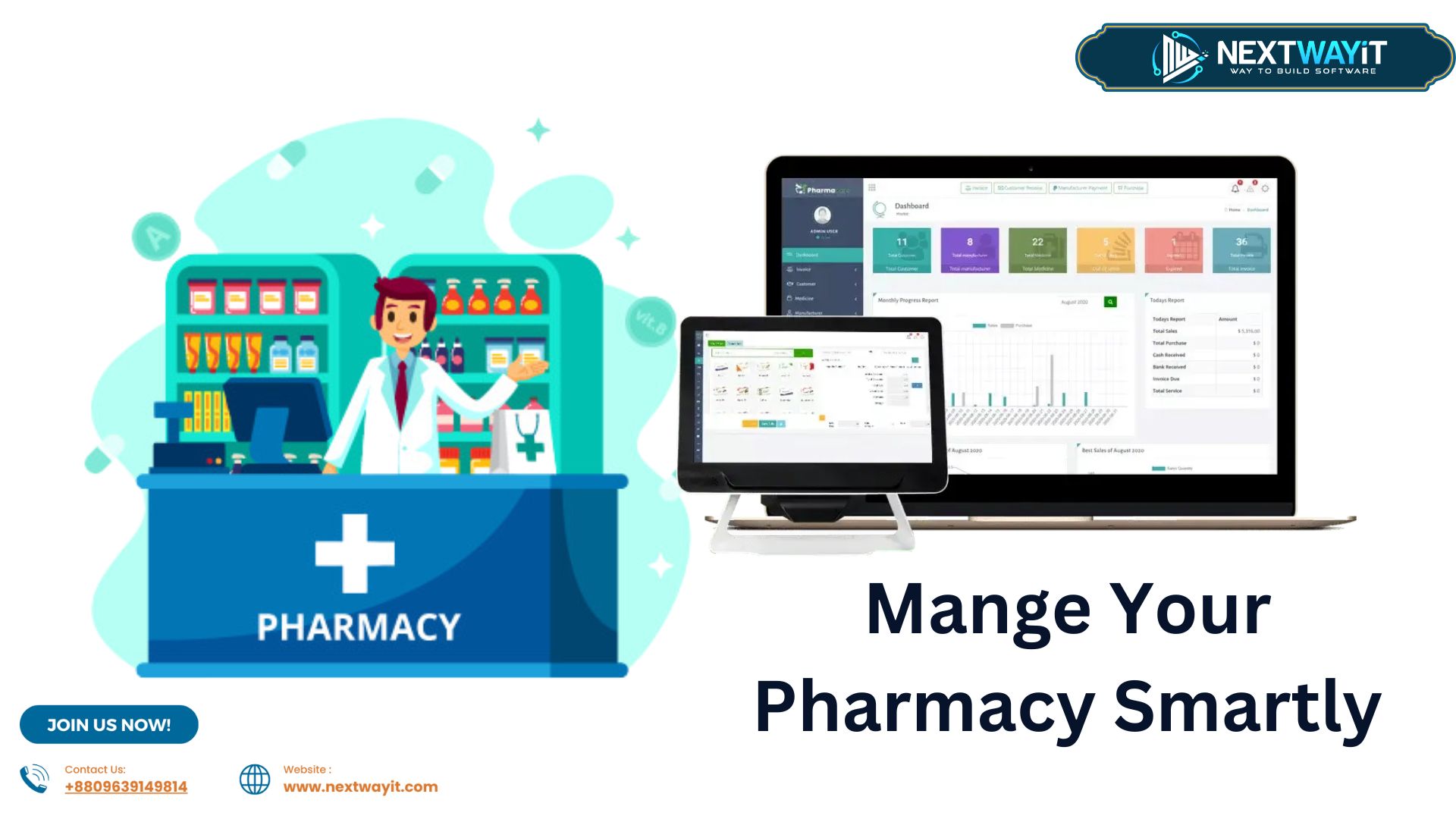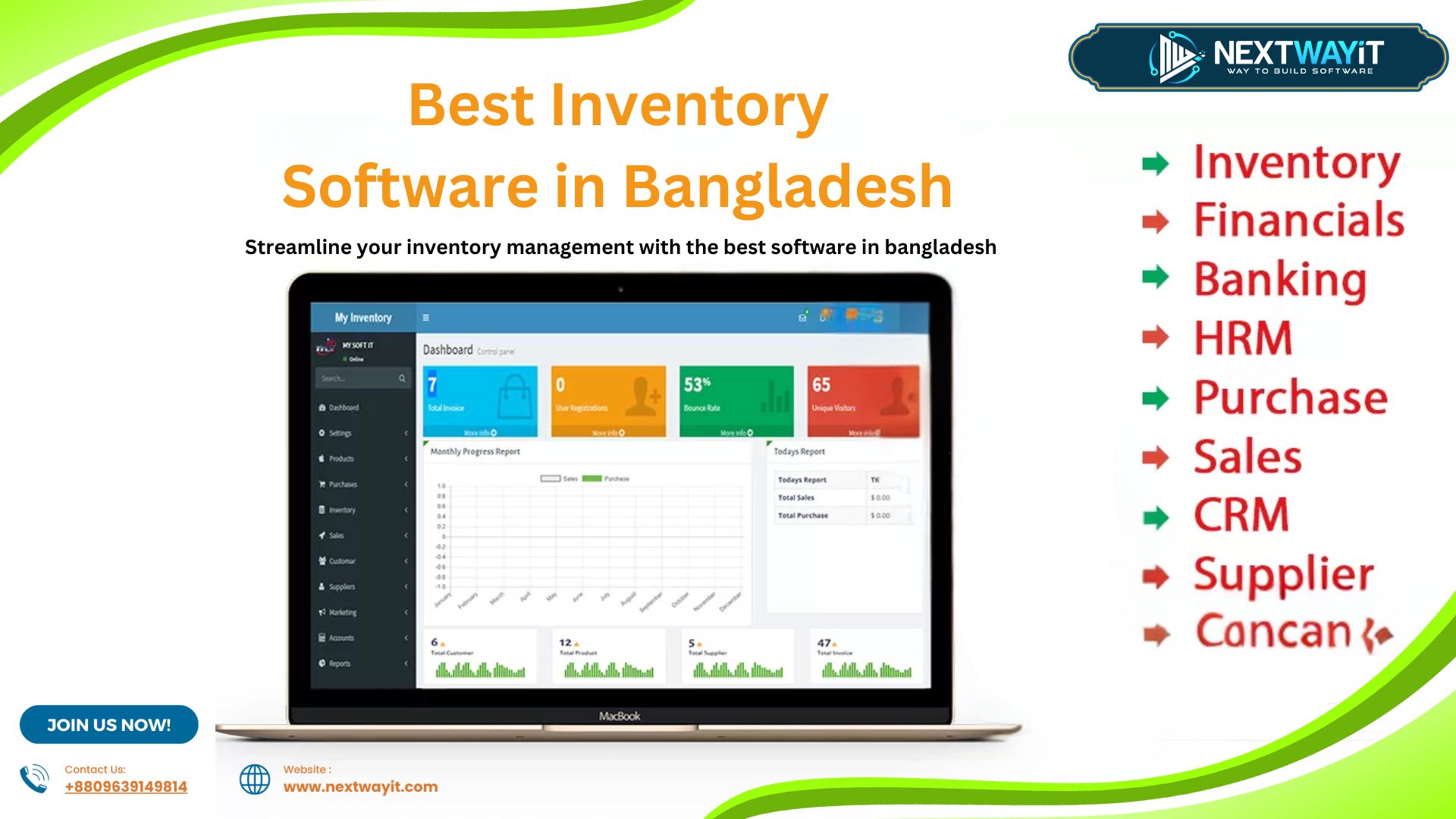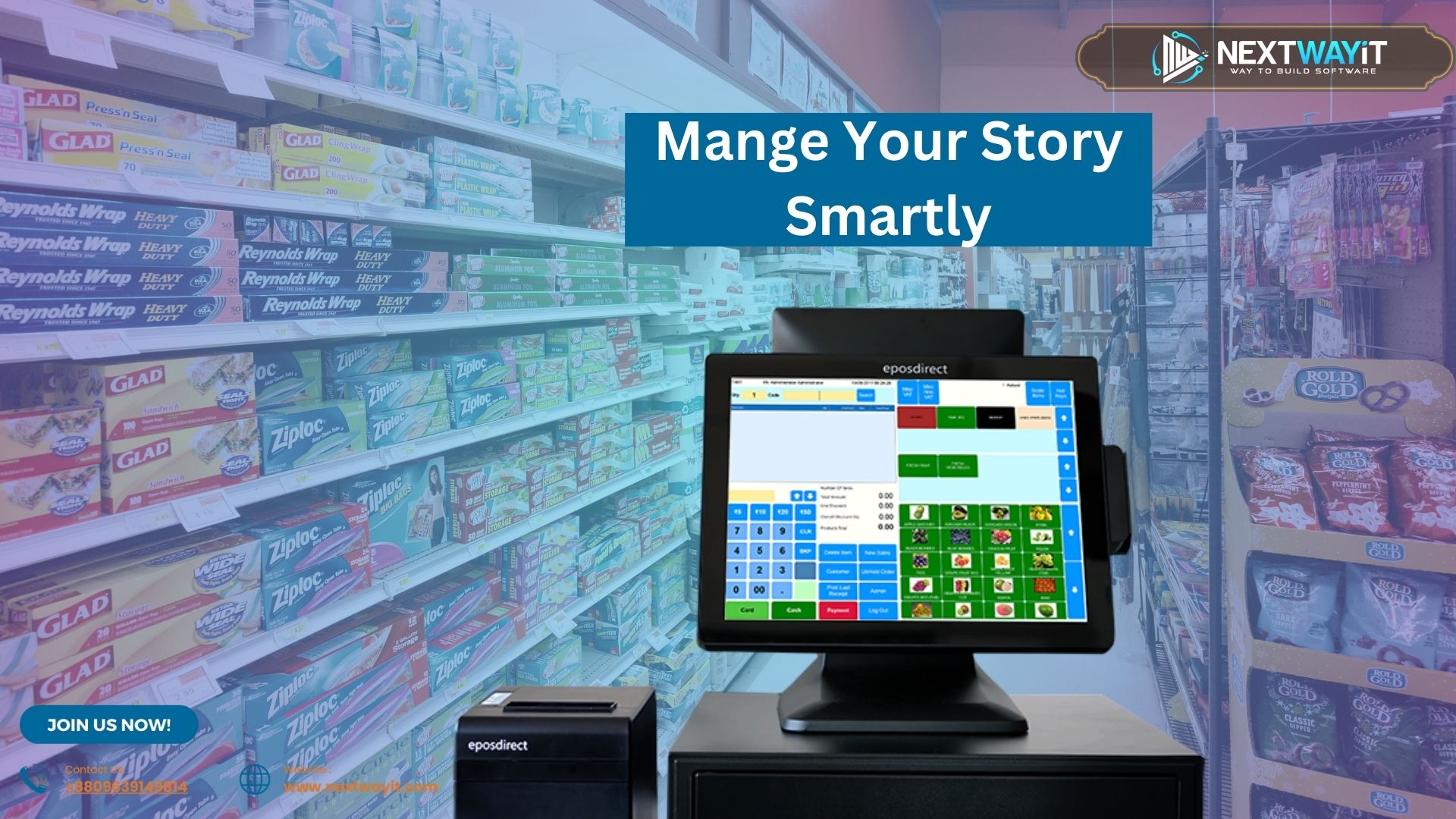
15 Professional Email Marketing Tips
In this article, we’ll explore about 15 Professional Email Marketing Tips. Email marketing is a powerful tool for businesses looking to connect with their audience, nurture leads, and drive conversions. As the CEO of NextWayIT, I understand the importance of effective email marketing strategies. Here are 15 professional email marketing tips to elevate your campaigns and achieve impressive results.
Introduction to Email Marketing
Email marketing remains one of the most cost-effective ways to reach and engage your audience. With the right strategies, you can create campaigns that not only capture attention but also foster loyalty and drive sales.
Understanding Your Audience
To make the most of email marketing, you must understand your audience. This involves segmenting your email list and personalizing your messages to meet the specific needs and interests of your subscribers.
Segmenting Your Email List
Segmentation is the process of dividing your email list into smaller groups based on specific criteria such as demographics, purchase history, or engagement levels. By doing this, you can tailor your content to each segment, making your emails more relevant and engaging. For example, you might send different emails to new subscribers than you do to long-time customers, each tailored to their stage in the customer journey.
- Demographic Segmentation: Group subscribers by age, gender, location, or income level to tailor messages that resonate with each demographic.
- Behavioral Segmentation: Segment based on user behavior, such as purchase history, browsing habits, or email interaction. This helps in sending personalized product recommendations or follow-up emails.
- Engagement Level Segmentation: Separate active subscribers from inactive ones. Engage active subscribers with new offers and try re-engagement strategies for inactive ones.
Personalizing Your Emails
Personalization goes beyond using the recipient’s name in the email. It involves creating content that resonates with each subscriber’s preferences and behaviors. This could mean recommending products based on past purchases, sending birthday greetings, or tailoring content based on their interactions with your previous emails. Personalization can significantly improve open rates and engagement by making your emails feel more relevant and valuable to each subscriber.
- Dynamic Content: Use dynamic content blocks to show different content to different segments of your audience in the same email.
- Behavioral Triggers: Send automated emails triggered by specific actions, such as cart abandonment or a recent purchase.
- Personalized Recommendations: Offer product or content recommendations based on past behavior or preferences.
Crafting Engaging Content
The content of your emails is crucial. It should be compelling, valuable, and engaging to keep your subscribers interested and prompt them to take action.
Writing Compelling Subject Lines
The subject line is the first thing your subscribers see, so it needs to grab their attention. A compelling subject line can significantly increase your open rates. Use curiosity, urgency, or a personal touch to make your subject lines stand out. For example, “Unlock Exclusive Savings Inside” or “Don’t Miss Out on This Limited-Time Offer” can entice readers to open your email.
- Curiosity: Pique curiosity with subject lines like “Guess What’s Inside?”
- Urgency: Create urgency with lines such as “Last Chance to Save!”
- Personal Touch: Add personalization like “John, Your Exclusive Offer Awaits!”
Creating Value-Driven Content
Your emails should offer something of value to your subscribers. This could be informative content, special offers, or exclusive insights. The goal is to make your emails worth opening and reading. Provide tips and advice related to your industry, share success stories or case studies, and offer discounts or promotions that are not available elsewhere.
- Educational Content: Share how-to guides, tutorials, and industry insights.
- Exclusive Offers: Provide special discounts or early access to new products.
- Customer Stories: Highlight success stories or testimonials to build trust and engagement.
Using Visuals Effectively
Visuals can make your emails more engaging and easier to digest. Use images, infographics, and videos to complement your text and convey your message more effectively. However, be mindful of file sizes and load times. Too many large images can slow down your email and cause frustration for your readers.
- High-Quality Images: Use professional, high-resolution images that align with your brand.
- Infographics: Simplify complex information with engaging infographics.
- Videos: Embed videos to increase engagement, but ensure they don’t significantly slow download times.
Optimizing Email Design
A well-designed email is not only visually appealing but also functional. It should be easy to read and navigate, with a clear call-to-action.
Mobile-Friendly Emails
With more people accessing emails on their mobile devices, it’s crucial to ensure your emails are mobile-friendly. Use responsive design to make sure your emails look great on any device. This means using larger fonts, single-column layouts, and touch-friendly buttons to ensure a seamless experience on smartphones and tablets.
- Responsive Design: Ensure your email template adjusts to different screen sizes.
- Large Fonts: Use larger font sizes for better readability on small screens.
- Touch-Friendly Buttons: Make buttons large enough to be easily tapped with a finger.
Clear Call-to-Action
Your call-to-action (CTA) is what drives your subscribers to take the desired action. Make sure your CTA is clear, concise, and prominent in your email. Use actionable language like “Shop Now,” “Learn More,” or “Get Started” and place your CTA buttons in strategic locations to maximize clicks.
- Prominent Placement: Place CTAs in easily visible areas, typically above the fold.
- Actionable Language: Use clear, direct action words like “Download Now” or “Sign Up Today.”
- Multiple CTAs: For longer emails, include multiple CTAs to cater to different types of readers.
Timing and Frequency of Emails
When and how often you send emails can greatly impact their effectiveness. Finding the right balance is key to maintaining engagement without overwhelming your subscribers.
Best Times to Send Emails
There are optimal times to send emails based on your audience’s behavior. Generally, mid-morning and mid-week are considered good times, but it’s essential to test and analyze what works best for your audience. For instance, B2B audiences might respond better to emails sent during business hours, while B2C audiences might prefer evenings or weekends.
- Weekdays: Mid-week days (Tuesday to Thursday) often see higher engagement rates.
- Time of Day: Mid-morning around 10 AM tends to be a good time to reach your audience.
- Audience Testing: Conduct A/B tests to find the most effective times for your specific audience.
Finding the Right Frequency
Sending too many emails can lead to unsubscribes, while too few can result in low engagement. Test different frequencies to find the sweet spot that keeps your audience engaged without overwhelming them. A weekly newsletter might work well for some businesses, while others might benefit from bi-weekly or monthly updates.
- Regular Updates: Keep a consistent schedule, whether it’s weekly, bi-weekly, or monthly.
- Segmented Frequency: Tailor frequency based on segment behavior. For example, more frequent emails for highly engaged users.
- Feedback Loops: Use surveys to ask subscribers about their preferred frequency.
Testing Your Emails
Testing involves sending two variations of an email to a small segment of your list to see which one performs better. This can help you optimize various elements of your emails for better results.
Testing Subject Lines
Subject lines are a critical component of your email. Test different subject lines to see which ones yield higher open rates. You might test different lengths, use of emojis, or different messaging angles to find what resonates most with your audience.
- Length Variations: Test short vs. long subject lines to see which performs better.
- Use of Emojis: Experiment with including emojis to grab attention.
- Messaging Angles: Try different approaches like curiosity, urgency, or personalization.
Testing Email Content
Test different content elements such as images, CTAs, and messaging to determine what resonates most with your audience. You can also test different layouts, color schemes, and personalization techniques to see what drives the highest engagement.
- Image Placement: Test different placements and sizes of images within the email.
- CTA Buttons: Experiment with different colors, sizes, and text for your CTA buttons.
- Content Layout: Try different layouts to see which ones are more engaging and easier to navigate.
Analyzing Email Performance
Regularly analyzing your email performance is essential for ongoing improvement. Track key metrics and use the insights to refine your strategies.
Key Metrics to Track
Some key metrics to track include open rates, click-through rates, conversion rates, and unsubscribe rates. These metrics can provide valuable insights into how your emails are performing and where you might need to make adjustments.
- Open Rates: Measure the percentage of recipients who open your email.
- Click-Through Rates: Track the percentage of recipients who click on links within your email.
- Conversion Rates: Monitor the percentage of recipients who complete the desired action, such as making a purchase or signing up for a webinar.
Using Data to Improve Campaigns
Use the data you collect to make informed decisions about your email marketing strategy. Continuously refine your approach based on what the data tells you. For example, if you notice that emails with videos have higher engagement, consider incorporating more video content in your campaigns.
- Performance Benchmarks: Set benchmarks for key metrics and track performance over time.
- Data-Driven Decisions: Use insights from your data to inform future email content, design, and sending strategies.
- Continuous Optimization: Regularly review performance data and make adjustments to optimize your campaigns.
Ensuring Deliverability
Ensuring that your emails reach your subscribers’ inboxes is crucial. This involves following best practices to avoid spam filters and maintain a healthy email list.
Avoiding Spam Filters
To avoid spam filters, use a reputable email service provider, avoid spammy language, and ensure your emails are properly authenticated. This includes using SPF, DKIM, and DMARC records to verify your emails and build trust with email clients.
- Email Authentication: Set up SPF, DKIM, and DMARC records to verify your emails.
- Avoid Spammy Language: Refrain from using excessive exclamation marks, all caps, or trigger words like “free” and “urgent.”
- Reputable Provider: Use a well-known email service provider to ensure high deliverability rates.
Maintaining a Clean Email List
Regularly clean your email list to remove inactive subscribers. This can help improve your deliverability rates and ensure your emails are reaching engaged recipients. Use re-engagement campaigns to win back inactive subscribers or remove them if they remain unresponsive.
- List Hygiene: Regularly remove inactive or unengaged subscribers.
- Re-Engagement Campaigns: Send targeted emails to re-engage inactive subscribers.
- Subscription Management: Allow subscribers to update their preferences to ensure they receive relevant content.
Legal Considerations in Email Marketing
Compliance with legal regulations is essential in email marketing. Make sure you are familiar with laws such as GDPR and CAN-SPAM and adhere to best practices for obtaining consent.
Compliance with GDPR and CAN-SPAM
Ensure you have permission to email your subscribers and provide an easy way for them to opt out. Include your physical address in your emails as required by law. Make sure to honor unsubscribe requests promptly and maintain records of consent.
- Obtain Consent: Use clear and affirmative consent mechanisms to add subscribers to your list.
- Include Unsubscribe Link: Always provide a visible unsubscribe link in your emails.
- Honor Unsubscribe Requests: Promptly remove users who opt out and maintain consent records.
Best Practices for Consent
Always obtain explicit consent before adding someone to your email list. Use double opt-in methods to ensure compliance and build a high-quality list. This not only helps you stay compliant but also ensures that your subscribers genuinely want to hear from you.
- Double Opt-In: Implement a double opt-in process to confirm subscription.
- Clear Opt-In Forms: Ensure opt-in forms clearly explain what subscribers will receive.
- Transparent Policies: Provide easy access to your privacy policy and explain how subscriber data will be used.
Conclusion
Email marketing is a powerful tool when used correctly. By understanding your audience, crafting engaging content, optimizing your emails, and continuously analyzing performance, you can create successful email marketing campaigns. Implement these 15 professional tips to elevate your email marketing efforts and achieve outstanding results.
FAQs
- What is the best frequency for sending marketing emails? Finding the right frequency depends on your audience, but generally, 1-2 emails per week is effective without being overwhelming.
- How can I improve my email open rates? Focus on crafting compelling subject lines, personalizing your emails, and sending them at optimal times based on your audience’s behavior.
- What are some common mistakes to avoid in email marketing? Avoid sending too many emails, neglecting mobile optimization, and failing to segment your email list.
- How can I ensure my emails don’t end up in spam? Use a reputable email service provider, avoid using spammy language, and regularly clean your email list to maintain high deliverability.
- What is dynamic content in email marketing? Dynamic content allows you to show different content to different segments of your audience within the same email, based on their preferences and behaviors.



